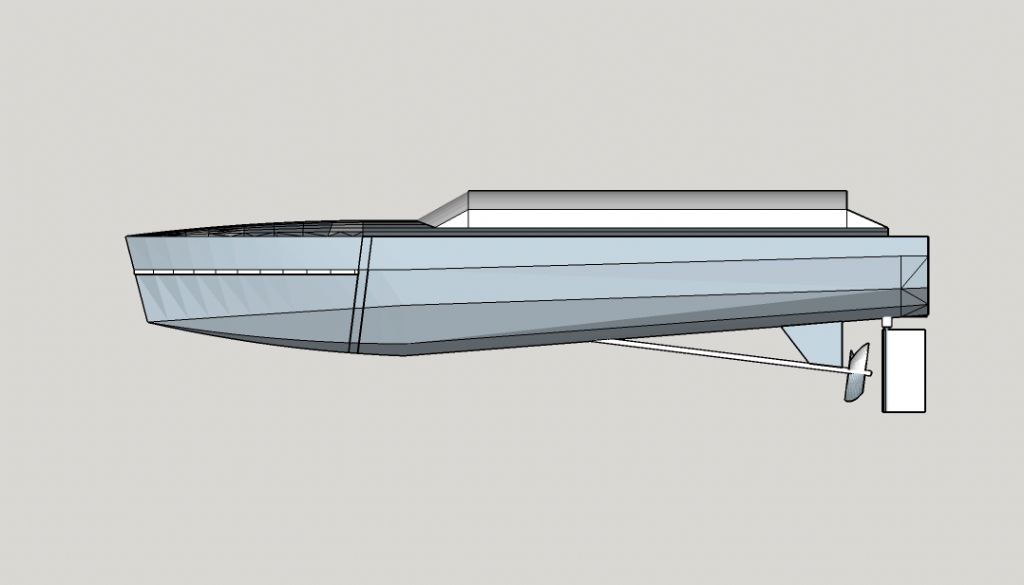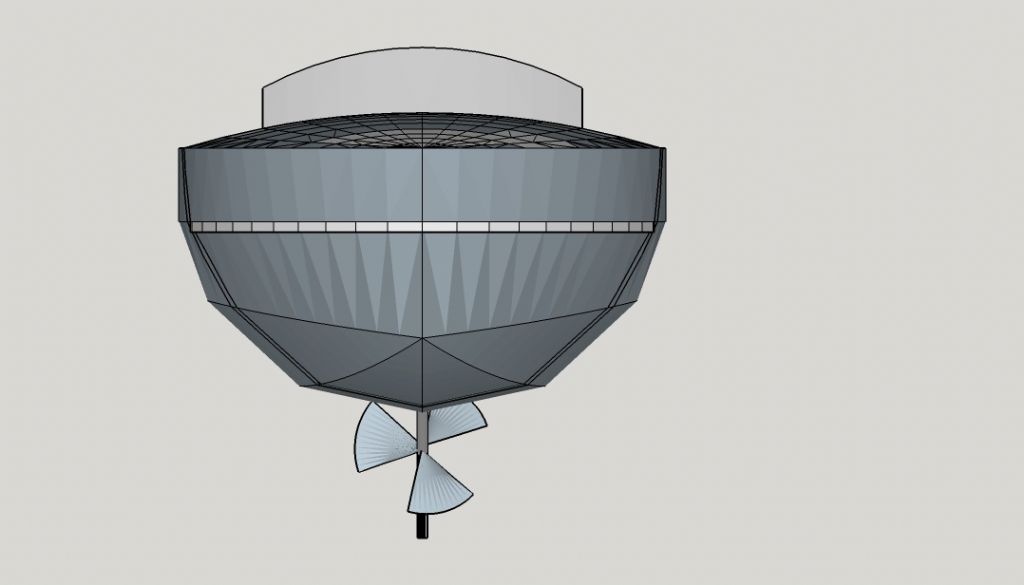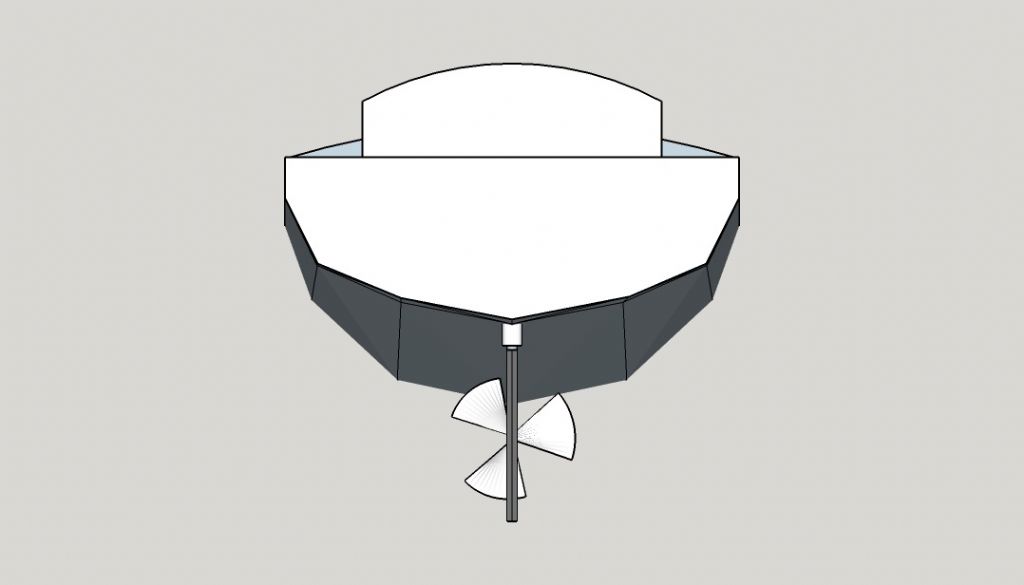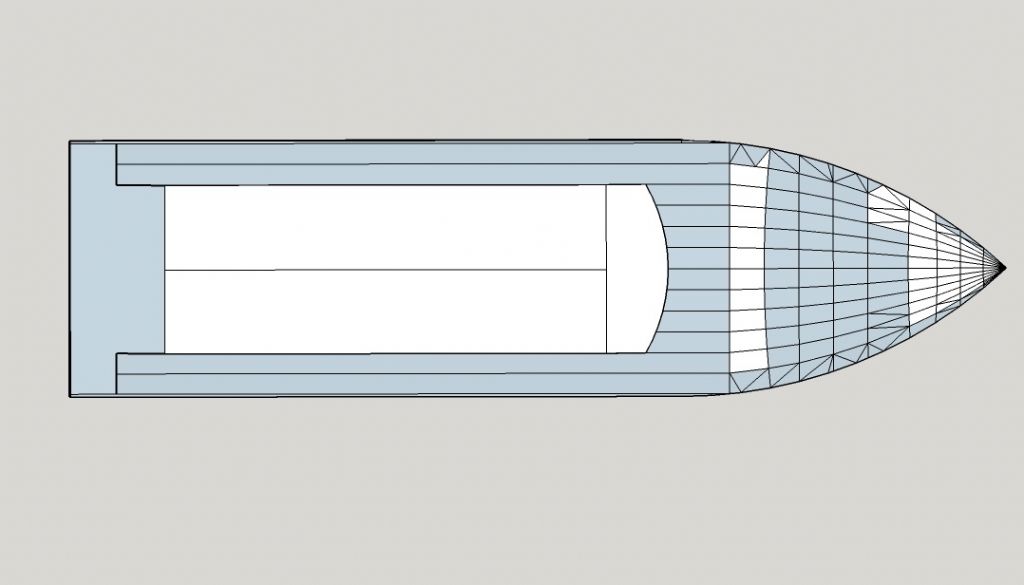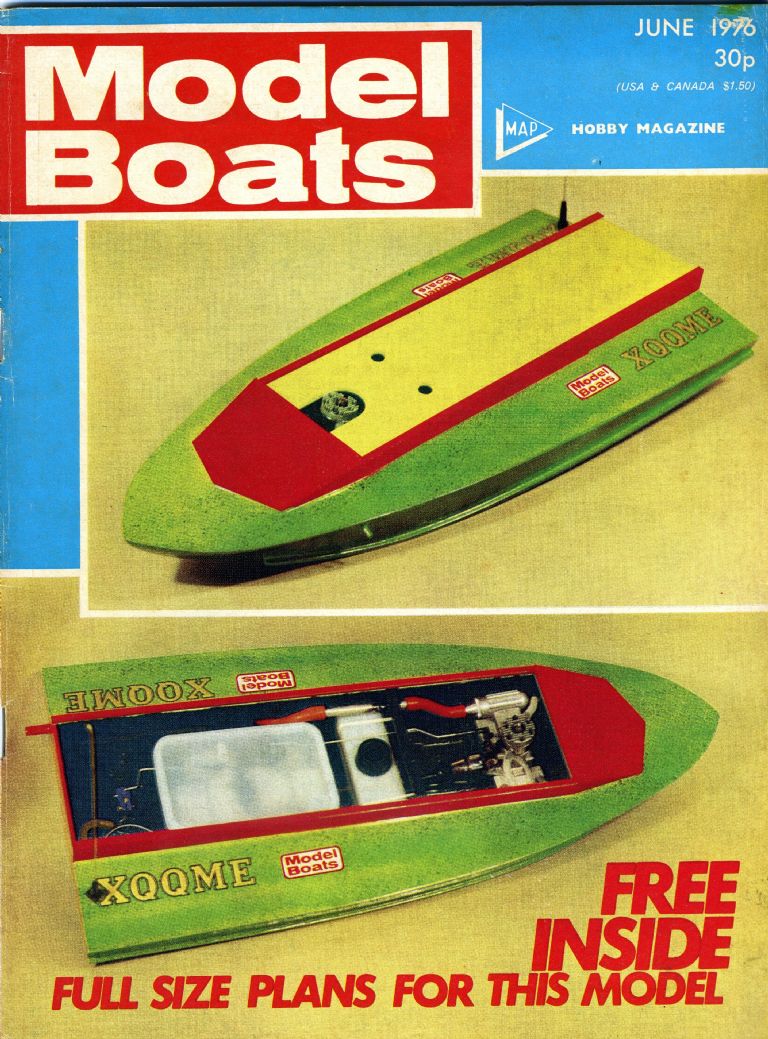Posted by Paul T on 15/04/2016 14:54:51:
Ah, DG, No I didn't say it wasn't a step I actually said that "a step can also be a tight change in angle without the usual upstand" I would have thought that you, more than most on this forum, would appreciate the problems associated with miss-quoting.
Now my comment "Steps are difficult to get right and this one look perfect" isn't so difficult to understand.
As for everything else all I can say is that this is Roberts first attempt at designing and there are bound to be teething problems. I think it is to Roberts credit that he has brought his design here and asked for our opinion, I don't believe that 'slings and arrows' of critique is the best way forward in encouraging this unique design. Yes some details might seem incorrect but these are easily refined as the project progresses.
Paul
I see I have misread 'not really as a step' to mean that the feature would not really work as a step, which you did not mean. My apologies – I must blame pressure of time with many things to do by week end… but now I can respond…
My concern about your use of the word 'perfect' was driven by the belief that we didn't have enough information at this stage to know what the hull was intended to do.
However, I still consider that, if the boat were made as specified, the hull would rise under power, with the hull rising rapidly due to the upswept bow profile, which you noted, and then the stern would squat, since it is quite rounded and has little hydrodynamic lift, tilting the boat quite strongly upwards, so that it is running with the waterline parallel to the rear part of the keel. Under such circumstances the discontinuity would not act as a step at all.
It might be persuaded to act as a step if the boat ran with the deck parallel to the waterline. For this to happen the stern would be skimming the surface of the water and support for the rear of the boat would be provided by the upthrust from the propeller. I anticipate that to be an unstable condition – hence my concern about porpoising. And the CG would be critical – I'm not sure that batteries forward of the motor would end up with a balanced boat (unless there was a lot of lead in the back!), Incidentally, where is the CG expected to be? That will help us a lot in determining how the step might work.
I estimate the prop at 1.5" (38-40mm)? This is a huge prop for a 20" boat – and dropping to about 2" below the hull. Props around 1"-1.25" are more common, and produce less torque, which I have indicated earlier might be a problem. If the hull is intended to work with a step I would love to see the expected waterline position at speed – the expected attitude of the boat in the water will give us a much better idea of the expected dynamic forces.
I am not sure I need to 'encourage' this design – RM has obviously well committed, has put thought and work into it, and we all hope it will proceed to a satisfactory conclusion. However, I can recall Blish pointing out in his critiques of young science fiction writers that it was a false charity to hide your concerns out of sympathy for a beginner – people will never overcome issues unless they can see where these are, and I presume that RM has put his design up here to make use of our opinions?
I reiterate that it would be useful for RM to indicate what his design aims were – it is hard to provide advice if there is no specific goal in mind. Is the intended construction going to be multi-chine with formers and sheet skinning? If so, I might pick 1/8" hard balsa or lite-ply for the formers – 1/8" or 3/16" for the keel and 1 – 1.5mm for the skin. Strength is important, but so is 'adding lightness' and I think strength is better acquired by clever design.
Edited By Dodgy Geezer on 15/04/2016 19:09:36


